Key Elements of a Successful Project Plan for an HR Implementation
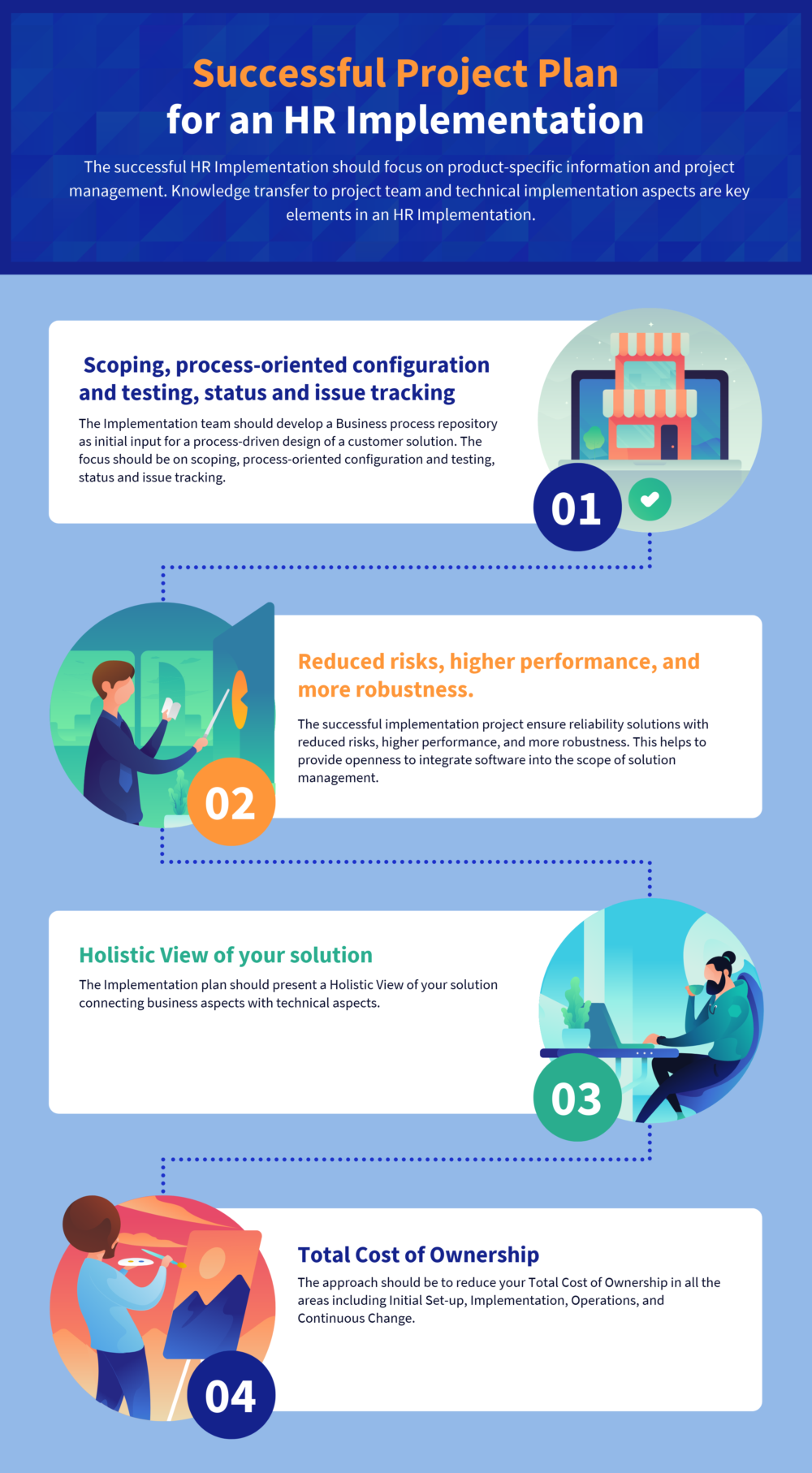
The successful HR Implementation should focus on product-specific information and project management. Knowledge transfer to project team and technical implementation aspects are key elements in an HR Implementation. The Implementation team should develop a Business process repository as initial input for a process-driven design of a customer solution. The focus should be on scoping, process-oriented configuration and testing, status and issue tracking.
The successful implementation project ensure reliability solutions with reduced risks, higher performance, and more robustness. This helps to provide openness to integrate software into the scope of solution management.
The Implementation plan should present a Holistic View of your solution connecting business aspects with technical aspects. The approach should be to reduce your Total Cost of Ownership in all the areas including Initial Set-up, Implementation, Operations, and Continuous Change.
Definition of the Business Blueprint allows you to document the business processes in your enterprise that you want to use in your software system. You create a project structure in which relevant business scenarios, business processes and process steps are organized in a hierarchical structure.
What are the Challenges in an Implementation Project?
- Lack of integration expertise (functional and technical) related to system, business, product and process during implementation
- Solution design and related technical feasibility aspects
- Sizing of the required hardware
- Scenario-specific aspects
- Managing a multi-component implementation
- Customizing Synchronization between Components
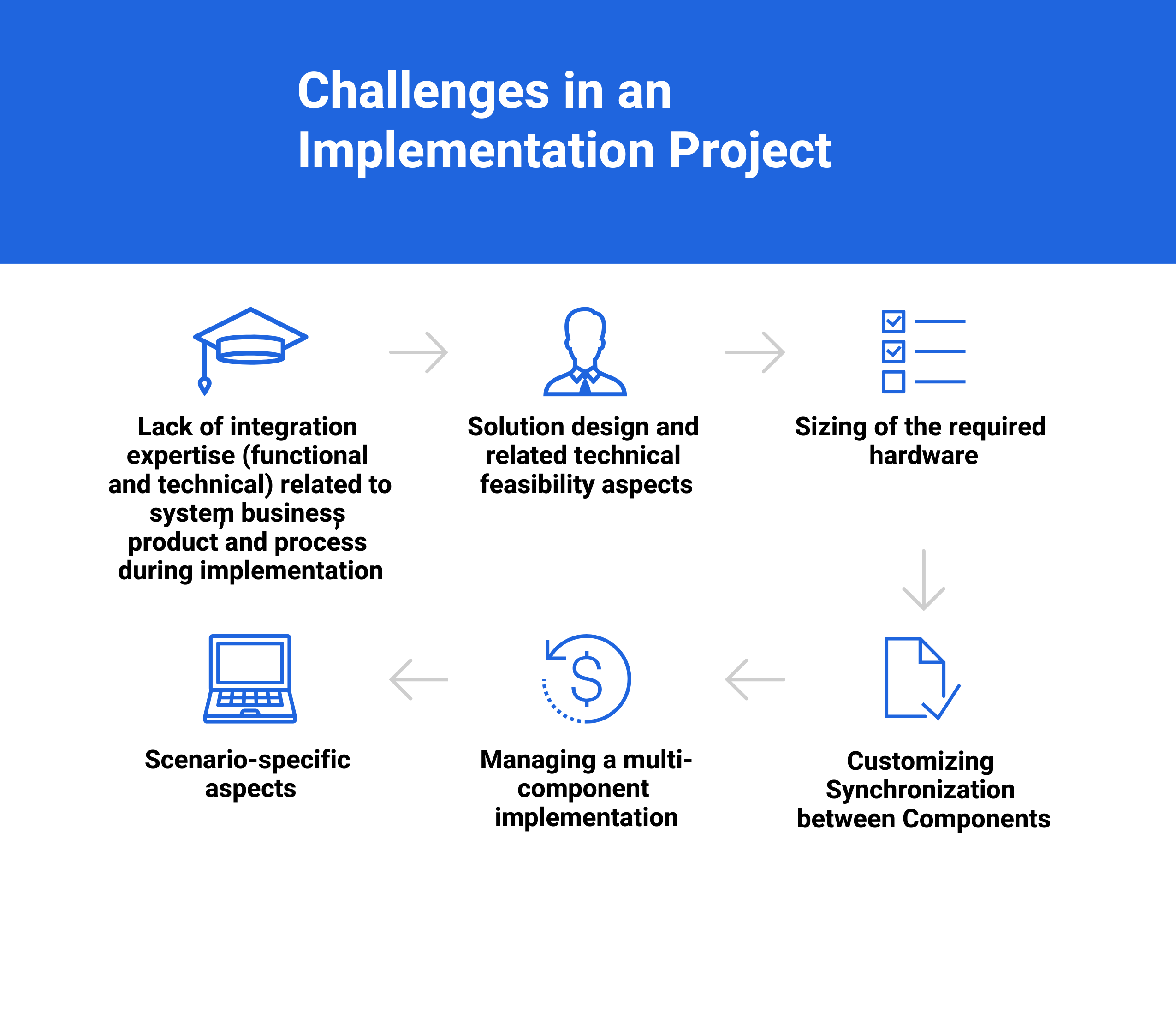
What are the Challenges in an Implementation Project
What are the Goals in HR Implementation?
- Successful migration of HR data from different legacy systems
- Integration of current HR data with other areas of business
- Support strategic initiatives
- Streamline HR using the best practice methodology
What are the Success Factors for an HR Implementation?
- Speed of implementation
- Effective use of manpower resources
- Cost efficiency
- Key player involvement
- Meeting internal customer requirements
- Flexible implementation for future projects and organizational changes
- Business Blueprint Project Scope
- Organization
- Geographic, Legal, Payroll, Union
- Master Data
- Employee Master data
- Organizational Department data
- Financial Cost Center hierarchy
- Business Process
- Personnel Administration
- Payroll
- Benefits
- Time Management
- Organizational Management
What are the Project Roles and Responsibilities in an HR Implementation?
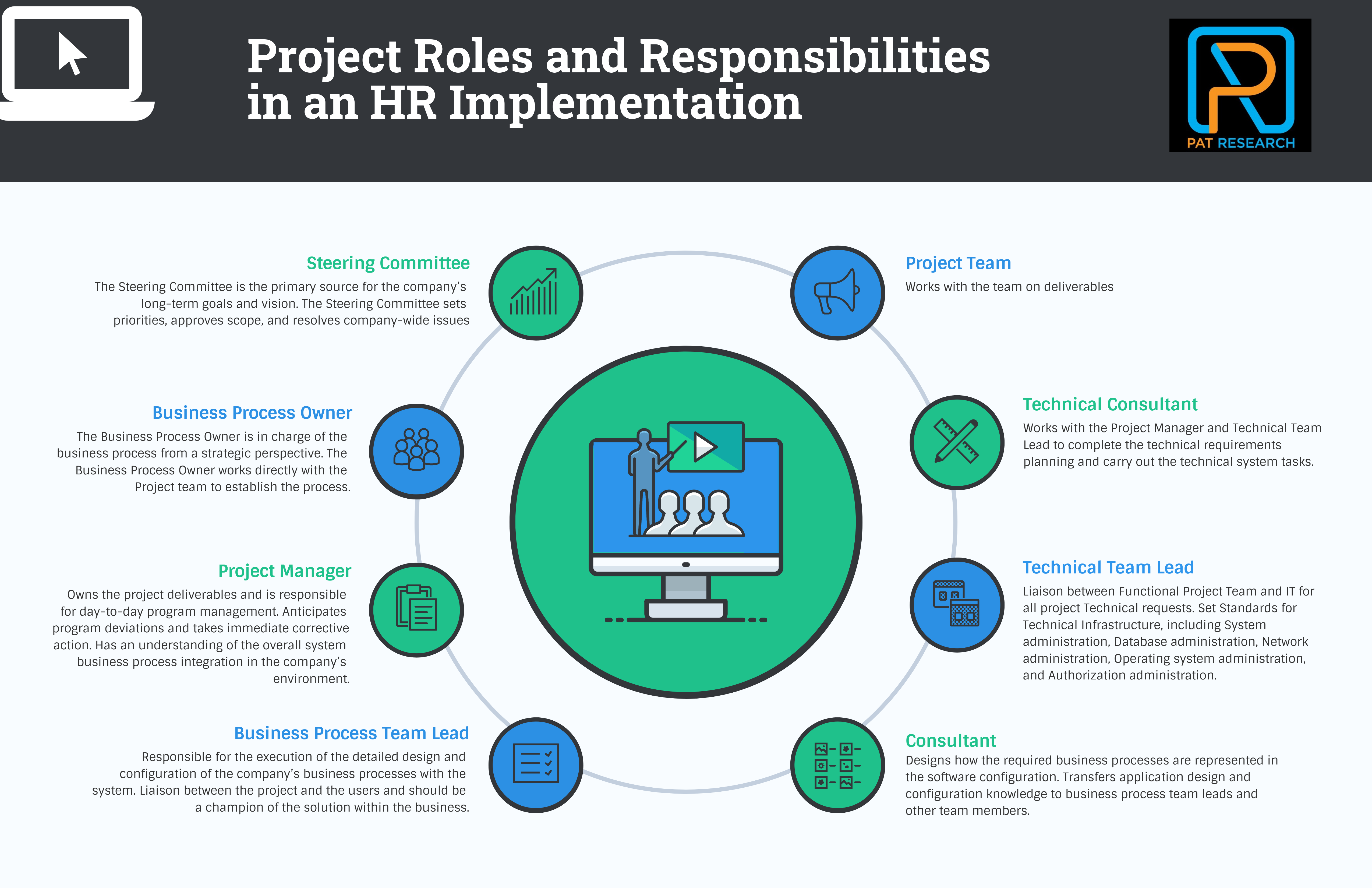
What are the Project Roles and Responsibilities in an HR Implementation
Steering Committee: The Steering Committee is the primary source for the company’s long-term goals and vision. The Steering Committee sets priorities, approves scope, and resolves company-wide issues. The Steering Committee aids in promoting the implementation program throughout the organization.
Business Process Owner: The Business Process Owner is in charge of the business process from a strategic perspective. The Business Process Owner works directly with the Project team to establish the process. The BP Owner is responsible for approving the business changes. The BP Owner works to facilitate a timely resolution of open issues.
Project Manager: Owns the project deliverables and is responsible for day-to-day program management. Anticipates program deviations and takes immediate corrective action. Has an understanding of the overall system business process integration in the company’s environment. Is a member of the executive steering committee. He is empowered to decide on all program-relevant issues and the budget. Escalates the strategic issues to the program sponsor for a joint decision.
Business Process Team Lead: Responsible for the execution of the detailed design and configuration of the company’s business processes with the system. Liaison between the project and the users and should be a champion of the solution within the business. Responsible for working together with the end user documentation developers and trainers.
Consultant: Designs how the required business processes are represented in the software configuration. Transfers application design and configuration knowledge to business process team leads and other team members. Acts as an advisor and aids the project team in all tasks Responsible for the Functional Business Blueprint. Relies on a close relationship with the Business Process Team Lead.
Technical Team Lead : Liaison between Functional Project Team and IT for all project Technical requests. Set Standards for Technical Infrastructure, including System administration, Database administration, Network administration, Operating system administration, and Authorization administration.
Technical Consultant: Works with the Project Manager and Technical Team Lead to complete the technical requirements planning and carry out the technical system tasks. Transfers knowledge to Technical Team Lead. Responsible for Project System support. Responsible for System security and User management. Consultant for system administration, database administration, network administration, and operating system administration.
What are the Best Practices in an HR Implementation?
- Focus on Implementation Strategy
- Successful Executive Sponsorship
- Project Management Experience
- Have a Basic HR scope
- Use Implementation Accelerators
- Minimize Development of objects
- Enable Knowledge Transfer
- Robust testing
- Efficient Training and Change Management
What are the Project Milestones and Deliverables in an HR Implementation?
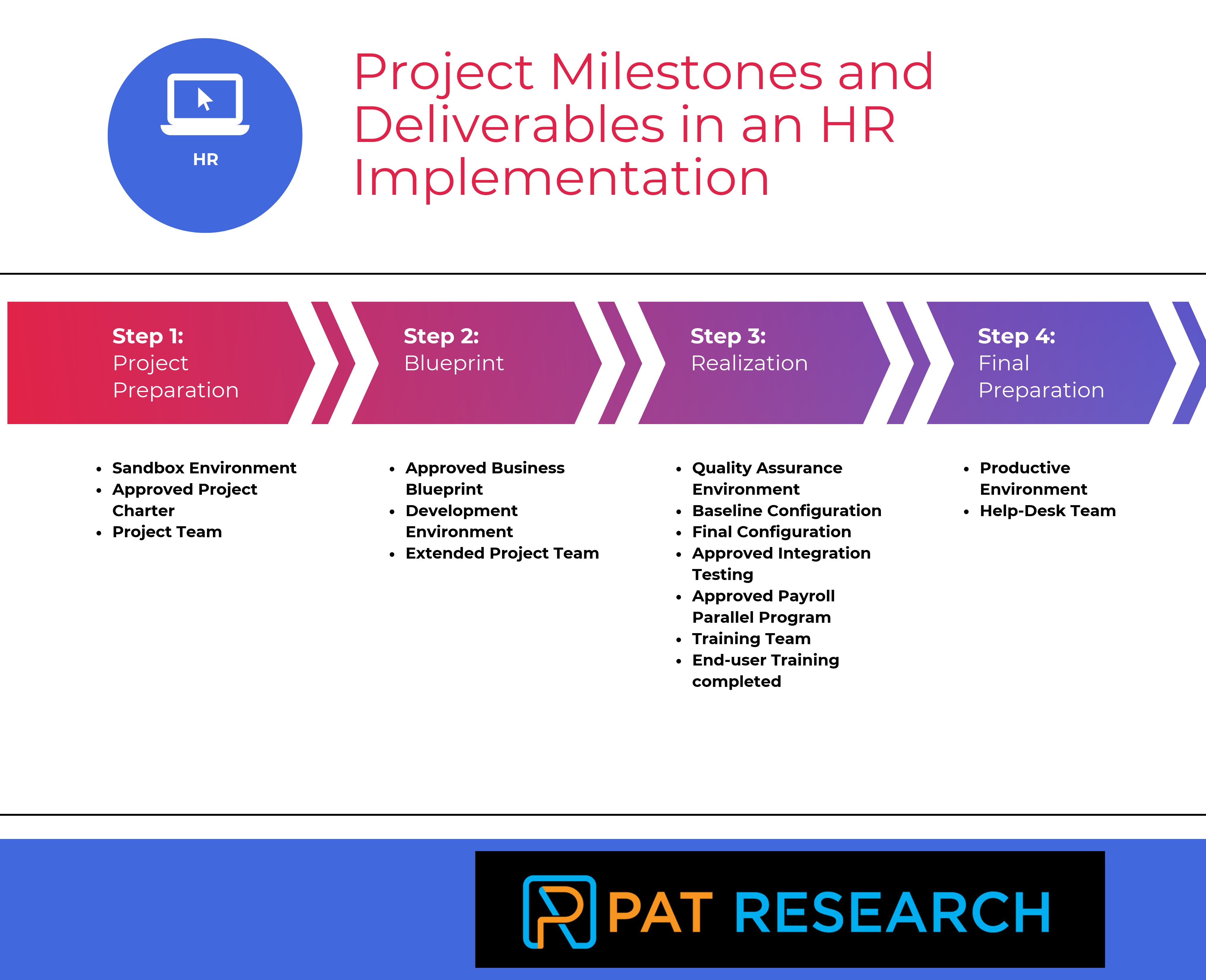
What are the Project Milestones and Deliverables in an HR Implementation
Project Preparation Stage Milestones and Deliverables
- Sandbox Environment
- Approved Project Charter
- Project Team
Blueprint Stage Milestones and Deliverables
- Approved Business Blueprint
- Development Environment
- Extended Project Team
Realization Stage Milestones and Deliverables
- Quality Assurance Environment
- Baseline Configuration
- Final Configuration
- Approved Integration Testing
- Approved Payroll Parallel Program
- Training Team
- End-user Training completed
Final Preparation Stage Milestones and Deliverables
- Productive Environment
- Help-Desk Team
What are the Benefits of a proper Implementation Plan?
- Accelerated implementation projects
- Efficient project handling
- Centralized control of cross-component implementations
- Integrated documentation management
- Seamless information integration between project phases
What are the Challenges in an Implementation Project?
The Challenges in an Implementation Project includes Lack of integration expertise (functional and technical) related to system, business, product and process during implementation, Solution design and related technical feasibility aspects, Sizing of the required hardware, Scenario-specific aspects and many more.
What are the Goals in HR Implementation?
The Goals in HR Implementation includes successful migration of HR data from different legacy systems, Integration of current HR data with other areas of business, Support strategic initiatives and many more.
What are the Success Factors for an HR Implementation?
The Success Factors for an HR Implementation includes Speed of implementation, Effective use of manpower resources, Cost efficiency, Key player involvement and Meeting internal customer requirements.
What are the Best Practices in an HR Implementation?
The Best Practices in an HR Implementation includes Focus on Implementation Strategy, Successful Executive Sponsorship, Project Management Experience, Have a Basic HR scope, Use Implementation Accelerators and many more.

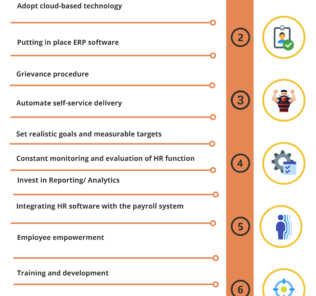
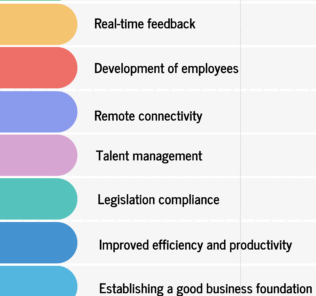
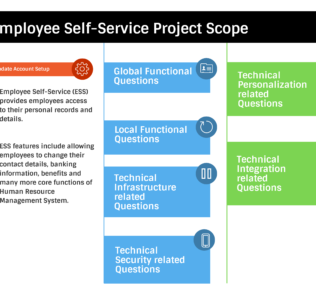
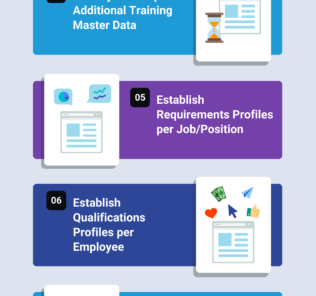

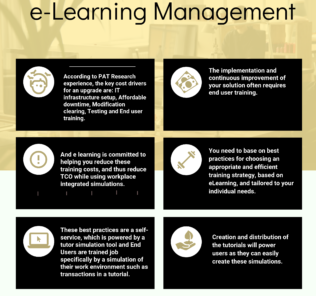




By clicking Sign In with Social Media, you agree to let PAT RESEARCH store, use and/or disclose your Social Media profile and email address in accordance with the PAT RESEARCH Privacy Policy and agree to the Terms of Use.